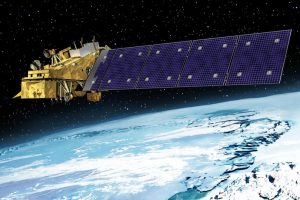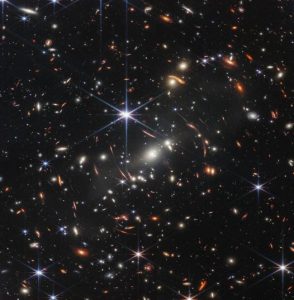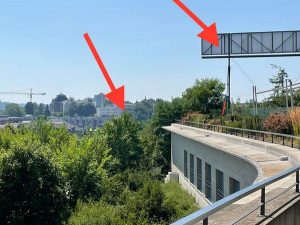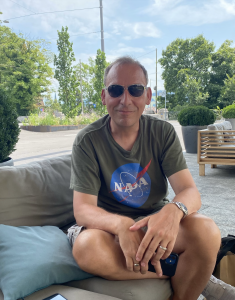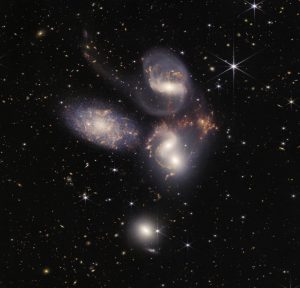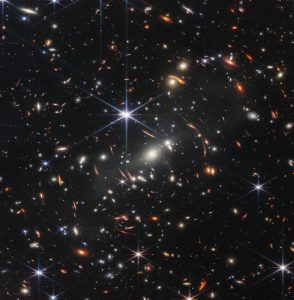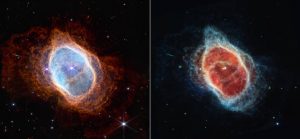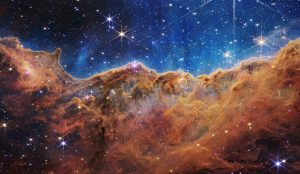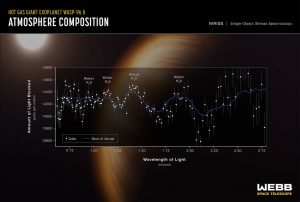Here at NASA, we do countdowns all the time. Usually, it is towards a new beginning, a launch into space. Mine has been different: I have become accustomed to silently googling “days till 12/31” and seeing this number slowly dwindle as I get closer to the end or my time at NASA. The number is 33 days today, and I am getting anxious about the number dropping even further and getting to zero.
It has been several months now since I announced that I am leaving NASA. And, although I am sure it was the right decision, I have not been ready for the emotional roller coaster that decision has come with. On the one hand, it feels a little bit like mourning a loved one in my family, even before their passing. Nearly every time I walk into a room, someone tells me that they are sorry I am leaving, and thank me for something that is meaningful to them. I actually appreciate what people tell me – somehow I am more vulnerable now.
For example, more than one person told me how they were encouraged when I told them that I sometimes had a hard time focusing due to light ADHD, or when I told them about my poor upbringing. I am glad they are encouraged and I am glad they finally told me.
Secondly, I mourn about saying good bye to the teams I have been working with. I feel part of Clipper, JWST, of Roman, of Landsat Next, and so many other missions. And I feel part of the NASA Science and NASA leadership teams. I have spent many evening and weekend hours checking in on people, on managers when things get tough, to just one of the amazing people I work with at HQ, whether within our team or beyond. I will so miss them and wish them nothing but the best.
Third, and almost embarrassingly so, I noticed a former companion of mine pop back up with a louder voice- my imposter syndrome. I know many colleagues hear that voice, as to some from simple upbringings like me. Many times in our careers, we have felt like we are not really good enough for what we do. And we have worried that others might find out soon that we may not be nearly as good as they think we are. I am sure my psychologist friends can figure out why this thing is popping up now. Will there be a meaningful job for me once I leave NASA? Or, will all appreciation go away the moment I turn in my badge?
So, as I go through the next few days and weeks, I am so grateful to be working each and every day as part of great teams, and seeking to continually improve. I currently in Japan for my final international visit in my job – I am so proud for what we have achieved together internationally.
As I get closer to the end of the year, I also look forward to focusing to 2023 and beyond, and learning what’s next for me. And, even though I am worried in many ways, I am excited to see in what way I can again contribute to make the world a better place. That is the attitude that got me the coolest job I have yet had, and I hope and trust it will get guide me to what is next.

